Abstract
Okra production has seen notable growth globally, with India leading as the top producer, contributing a substantial portion of the world’s supply. The country’s production in 2022 reached 6.87 million metric tons (Mt), driven by its favorable climate and extensive cultivation area. Historically, South Asia and parts of Africa, such as Nigeria and Sudan, have been significant producers, as okra is a staple in these regions. The crop has grown in popularity worldwide due to its nutritional benefits, which include high fiber and antioxidant content. While production has increased, challenges persist, including pests, diseases, and the need for sustainable farming practices. Global demand is also rising, with okra’s adaptability to various cuisines boosting exports and prompting new markets to explore its cultivation.
Okra production (Worldwide)
Okra production has shown a strong upward trend globally, with India consistently leading since the 1960s. India’s production reached an all-time high of 6.87 million metric tons (Mt) in 2022, accounting for the majority of global supply. This steady rise reflects both growing demand and improved agricultural practices in India. Other major producers include Nigeria, Sudan, and Iraq, though their production volumes are significantly lower. Okra’s popularity has grown worldwide due to its nutritional value and versatility in various cuisines. Challenges such as climate variability, pest control, and resource-intensive cultivation methods remain, but ongoing innovations in farming techniques and crop resilience are expected to support sustained growth.
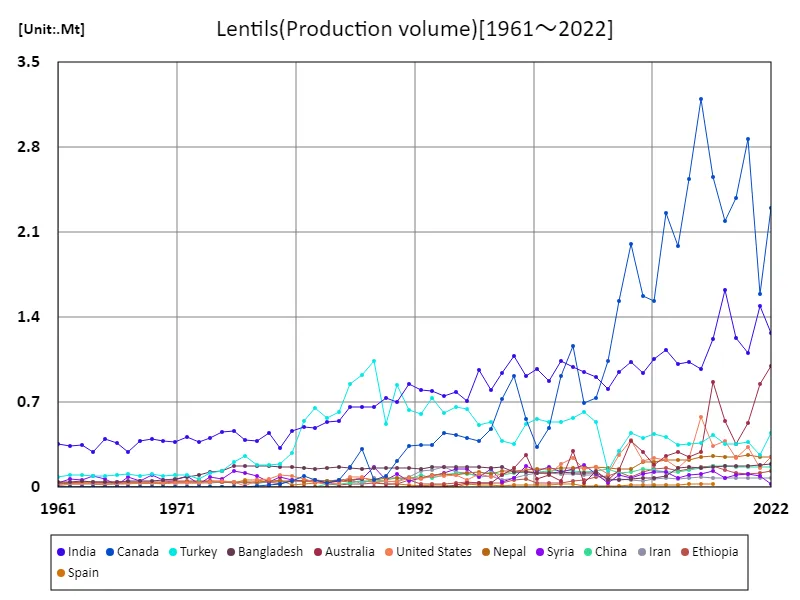

The maximum is 3.19Mt[2016] of Canada, and the current value is about 72%
Okra production (latest year, worldwide)
In 2022, global okra production reached a total of 11.2 million metric tons (Mt), with India contributing the majority at 6.87 Mt, marking the highest production volume recorded. This puts India far above the global average of 208,000 metric tons (kt) per country, highlighting its dominance in okra cultivation due to favorable climate and large-scale farming practices. Over recent decades, global okra production has grown steadily, driven by increased demand and recognition of okra’s nutritional benefits. While other countries like Nigeria and Sudan also contribute, their production levels are considerably lower. Key trends include expanding cultivation in tropical and subtropical regions, though challenges like climate resilience and pest management remain crucial for sustaining growth.
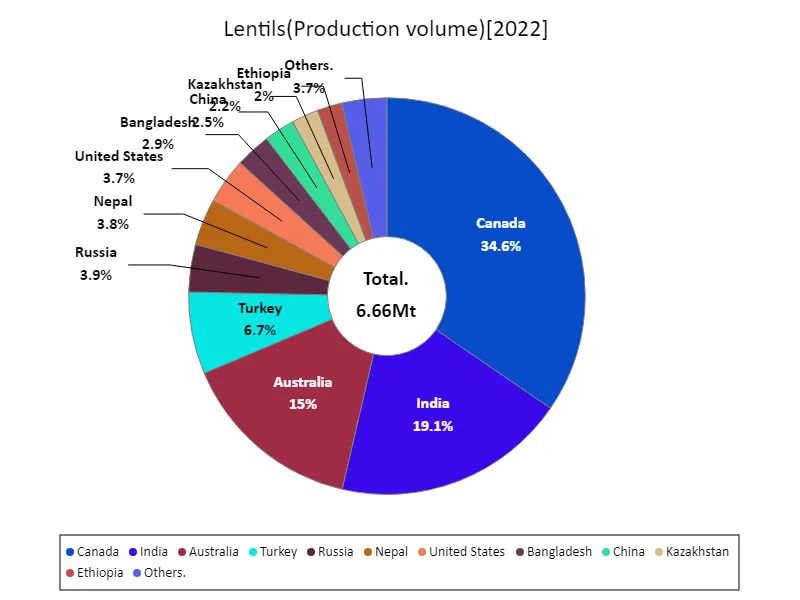

The maximum is 2.3Mt of Canada, the average is 145kt, and the total is 6.66Mt
Okra production (continent)
In 2022, Asia led global okra production with a total of 7.59 million metric tons (Mt), reflecting the region’s ideal growing conditions and long-standing cultural preference for the crop. This volume highlights Asia’s dominance in okra production, especially driven by India’s contribution, which alone accounts for a substantial share of global supply. Production trends show steady growth over the years, with increased demand both within Asia and globally due to okra’s versatility and health benefits. While Africa is also a key producer, regional volumes there are smaller. Expanding production faces challenges such as pest control and the need for sustainable practices, though innovations in farming continue to support output expansion.
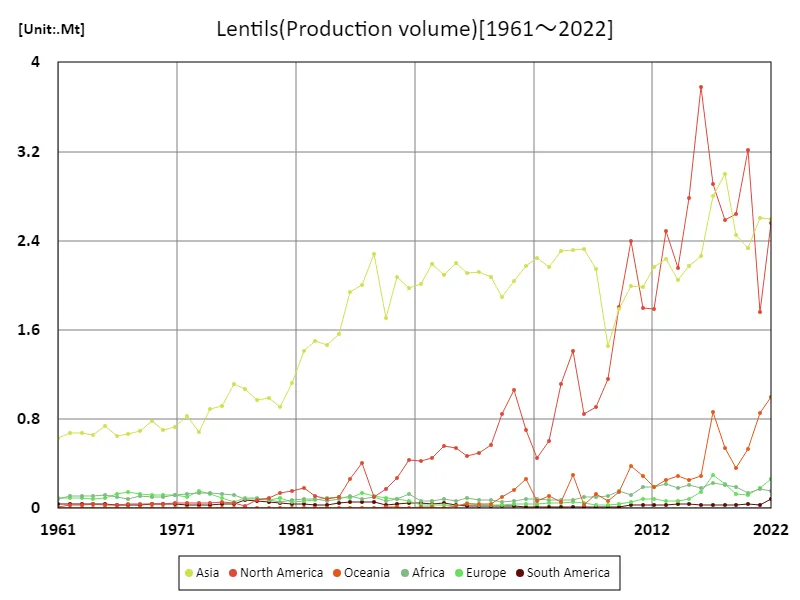

The maximum is 3.78Mt[2016] of North America, and the current value is about 67.8%
Okra production (latest year, continent)
In 2022, global okra production reached a total of 11.2 million metric tons (Mt), with Asia producing the largest share at 7.59 Mt, well above the regional average of 1.87 Mt. This reflects Asia’s strong agricultural presence, with India as a major contributor, driven by ideal climates and high local demand. Global production of okra has grown steadily, boosted by its nutritional value and versatility. While Africa is the second-largest region for okra cultivation, it lags significantly behind Asia. Current trends focus on improving yield resilience and sustainable practices due to challenges like climate impact and pest control, essential for meeting the crop’s rising demand.
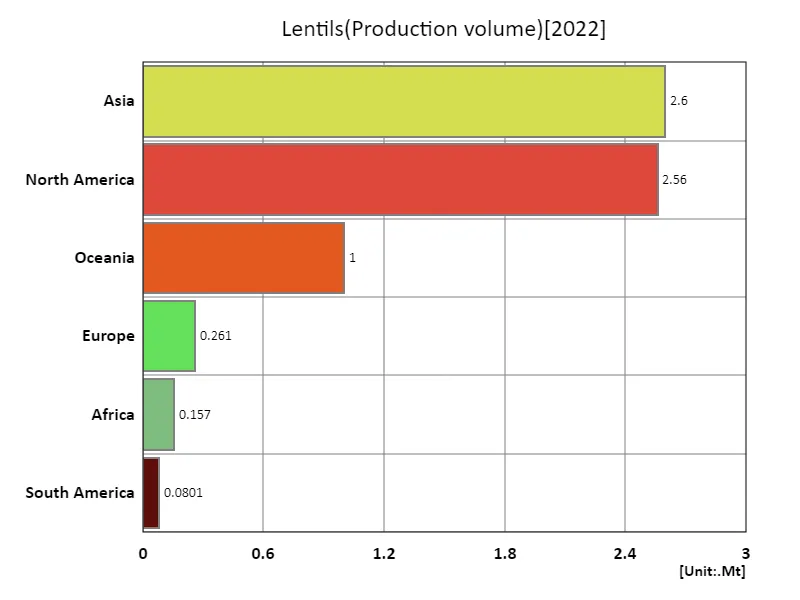

The maximum is 2.6Mt of Asia, the average is 1.11Mt, and the total is 6.66Mt
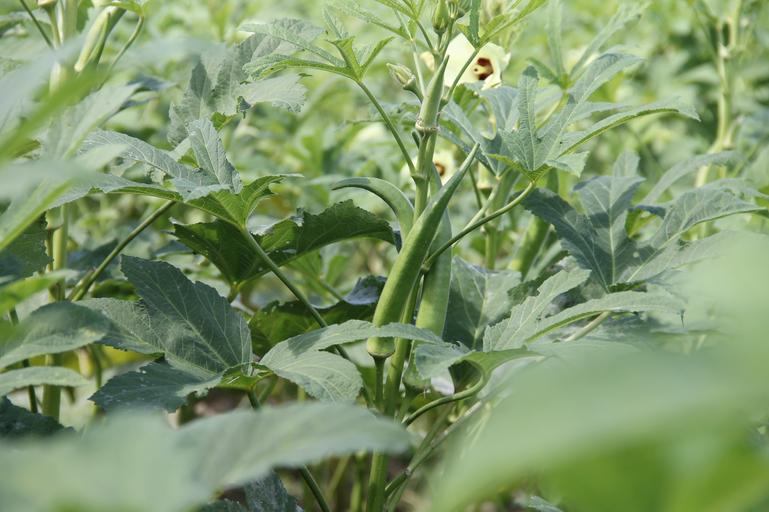


Comments